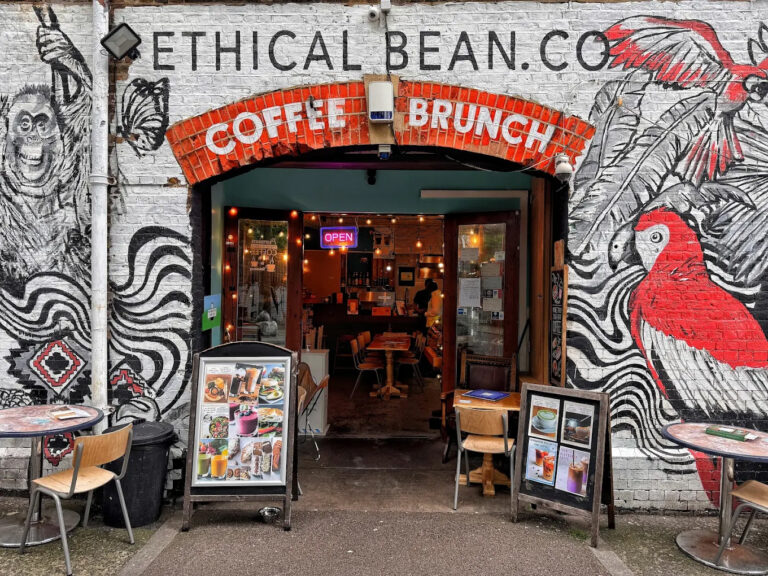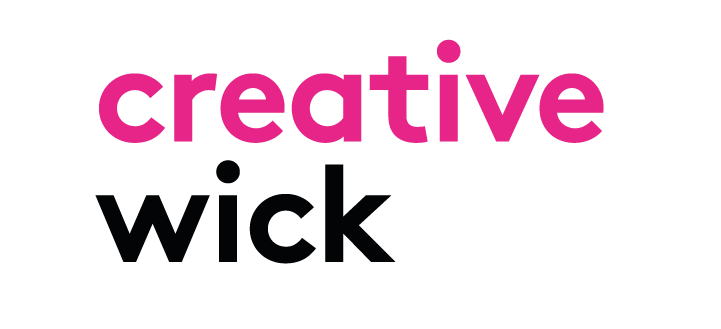
Review: Kokin – tuna meets fire at The Stratford
The new sushi restaurant now at the iconic skyscraper’s 7th floor and terrace
You had an esteemed dance training – do you still draw from that today?
I did have a very specific training, in the Royal Ballet School, which is very thorough from a young age. That is great in a lot of respects, but as my career progressed I found myself shifting away from that specific form of movement. It’s technicality still informs my work, even though I’ve branched out to explore a lot of different approaches to thinking about and devising movement.
When did you start incorporating digital aspects in your practice?
I grew up in a household where computers were very prominent, as my dad was really keen on the latest tech. It wasn’t until I started thinking seriously about my own career as a choreographer that I began taking interest in the work of people like Wayne McGregor, who has been pioneering in his incorporation of other forms of media and technology in his practice. The big turning point was the release of the Microsoft Kinect, the motion tracking device developed for the Xbox games. It completely changed how digital artists work. That was around 2011, I was just starting to work independently and having early conversations with people like my brother-in-law Robin, from Hackney Wick’s own Marshmallow Laser Feast, on how technology could be used in my choreography. We then collaborated on a few projects.
One of the most interesting things has been seeing how my practice has developed alongside developments in technology. It challenges me to think about presenting dance in different ways. Ultimately, having these new tools, particularly motion tracking technology, enables participation in dance by the general public in ways that brings them closer into the experience of a dancer. That is really exciting, as it gives access to a form of art that perhaps previously tended to be a bit too elitist.
Do you think that is one of the key reasons you’re drawn to innovating with technology?
The marrying of traditional practice with this technology puts dance in a really exciting new context, something that hopefully appeals to different audiences, like younger people who might not conventionally have gone to see dance. It invites a different kind of conversation around what we do that I find refreshing and interesting, so has become a fundamentally important part of the practice.

How did the disruption of Covid, including the switch to online learning and meeting, impact your company?
Obviously the pandemic was massively challenging for everyone in so many respects, but it also came with a lot of opportunity. Because of the nature of the work we’ve been making for an entire decade, we were able to pivot and continue to work creatively. We could present our work in a way that many other companies weren’t able to, because of the existing integration with digital technology. A lot of interest came our way as a result, since we were some of the few people in the industry with relevant experience. More people now understand the challenges of working with tech, and hopefully have a better appreciation of what it takes to make it work. It’s often a really painful, challenging, expensive process toget to those kinds of flashy outcomes.
Is there a project you’ve worked on where you’ve wondered how you were going to get through it?
Yeah, almost every project. Nothing ever goes according to plan, like life in general. The rule I’ve found is that digital technology often doesn’t do what you expect or want it to. Over time we’ve learned how to plan projects in a way that takes account of potential challenges, because so often we’re designing and building a system from scratch. I’m developing a lot of things that are bespoke to the requirements of the show, because that’s the only way that you can create things that are creatively and artistically unique, and of value. For example, on the piece we’re touring at the moment, Anti-Body, (which will be playing locally at Sadler’s Wells in October), we developed it steadily in a way that allows us time to test and understand what improvements we then need to make to get closer to the intended outcome. In this piece we’re using live motion tracking, and there’s an awful lot of interaction between the performers and the visuals. In a system like that, where each element is dependent on the other, if one thing isn’t working it’s really hard to correct the other.
Are there others who you regularly collaborate with?
Yes, there’s a developer called Luca Biada and his company Fenyce who have been consistent and incredibly valuable collaborators for five years. We’ve worked a lot with Uncharted Limbo Collective, digital artists who developed the visuals for Anti- Body, plus some motion capture films during the pandemic and augmented reality experiences.
It’s about the creative relationship, but also us getting the most out of the investment put into building new technology in the first place.

Is there a format you feel has more importance because of how it might connect with audiences?
The pandemic shone a light on the frustrations we all experienced looking at people through screens, and all of the information that’s lost – the subtleties to communication. Technology is throwing out these new possibilities that we’re awkwardly experiencing, and trying to understand and figure out why they feel weird and strange. Of course there’s always going to be something valuable and engaging about going to a live venue and seeing a beautiful performance and this will 100% continue to exist. Often people fear that developments in technology are going to replace these traditional forms, but actually what’s far more likely – and a much better way to think about things, too – is to look at them as complementary alternatives. They provide different possibilities, with advantages and disadvantages.
My interests are in understanding each platform in a way that tries to tease out the good parts. There’s always a danger you fall into the trap of producing something that’s just showing off the capabilities of the technology rather than taking people beyond.
In your own personal life, how do you use movement to tap into yourself?
I do a lot of yoga and meditation which I find increasingly helpful just to keep myself mentally grounded in my hectic working and family life. I’ve got two small children, so it’s about carving out that little bit of time to come back into the quietness of my inner life. It throws in additional challenges, but that’s where having a career connected to the body and movement is really helpful, because I have those tools readily available to turn to when I need a little help to keep sane.

What other projects can we expect from you next?
We’re working on a new production in collaboration with Neal Coghlan, who’s also a Hackney Wick resident, called Future Rites. It’s based on the Rite of Spring, originally
by Stravinsky and an amazingly impactful piece of work. It’s over 100 years old and there have been countless reinterpretations of it choreographed, so I’ve always been curious about how I might approach it. We’ve been working on a virtual reality experience, testing some prototypes over the last couple of years, something that will hopefully be launching in 2024. Using VR, we can then invite the public to take part in the dance alongside the performers.
We’re also exploring some ideas for hopefully putting on a small festival here in Hackney Wick around the idea of dance and digital technology. I started a project at the beginning of lockdown called The Digital Body Project, on a bit of a whim, but grew into something a lot more than I’d expected. It has been the basis of a lot of new relationships that we’ve developed with other artists and institutions, like the London College of Fashion, who are also moving to Stratford soon. The idea of trying to bring together these different strands of our work and invite other artists working in the same kind of areas to present what they do, ideally putting on some talks and workshops too, is something that I’m really keen to explore. It feels like Hackney Wick is the really ideal place to do it, too, because there are these new institutions moving in on the East Bank and at Here East who should feel the responsibility to engage with the local community and show what they have to bring to the area. But also, there are just so many really interesting people in the area that are all working away behind closed doors, so we hope to use it as a way to bring them all together.
Discover more about Alexander and his work, plus details of upcoming productions at: alexanderwhitley.com

The new sushi restaurant now at the iconic skyscraper’s 7th floor and terrace

Exploring the health advantages of belonging to something bigger than ourselves

Your timely reminder to go visit these amazing restaurants, bars and cafes this summer while we wait for better bridge access…
A joint venture in collaborative local media from:


In partnership with

Regulated by IMRESSS, the Independent Monitor for the Press CIC.
For more info on our complaints policy, or to make a complaint, visit FAQ.
